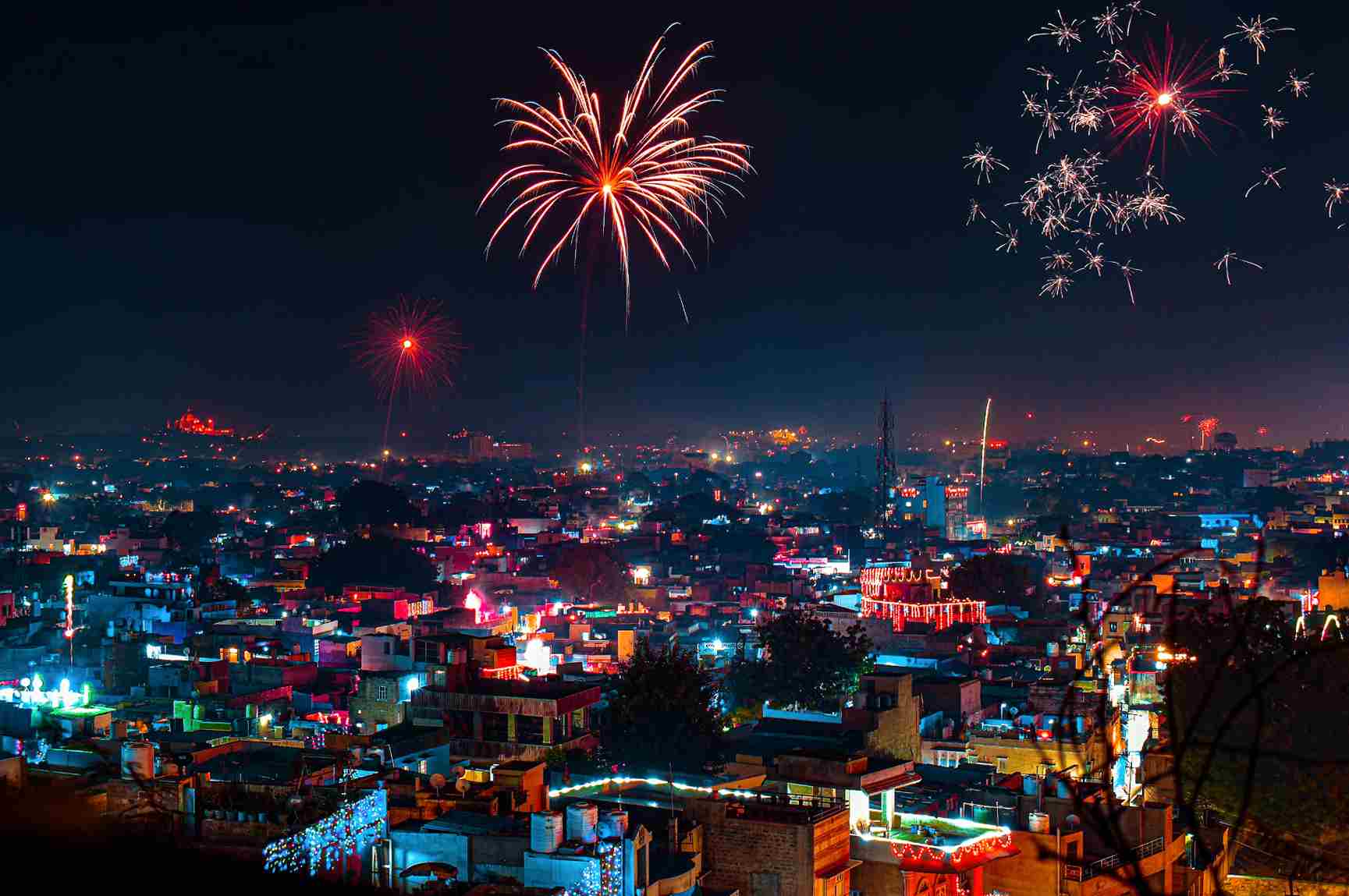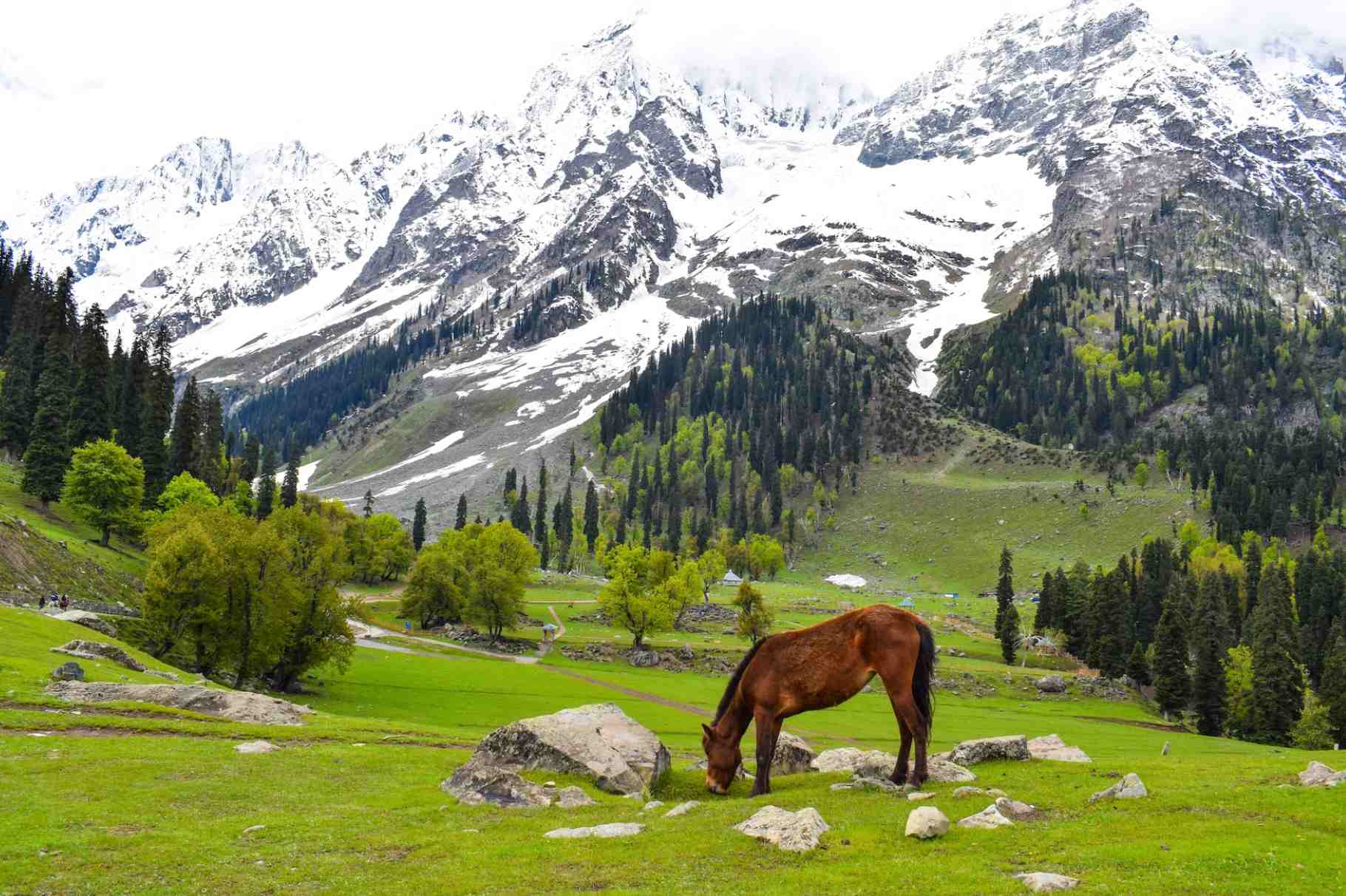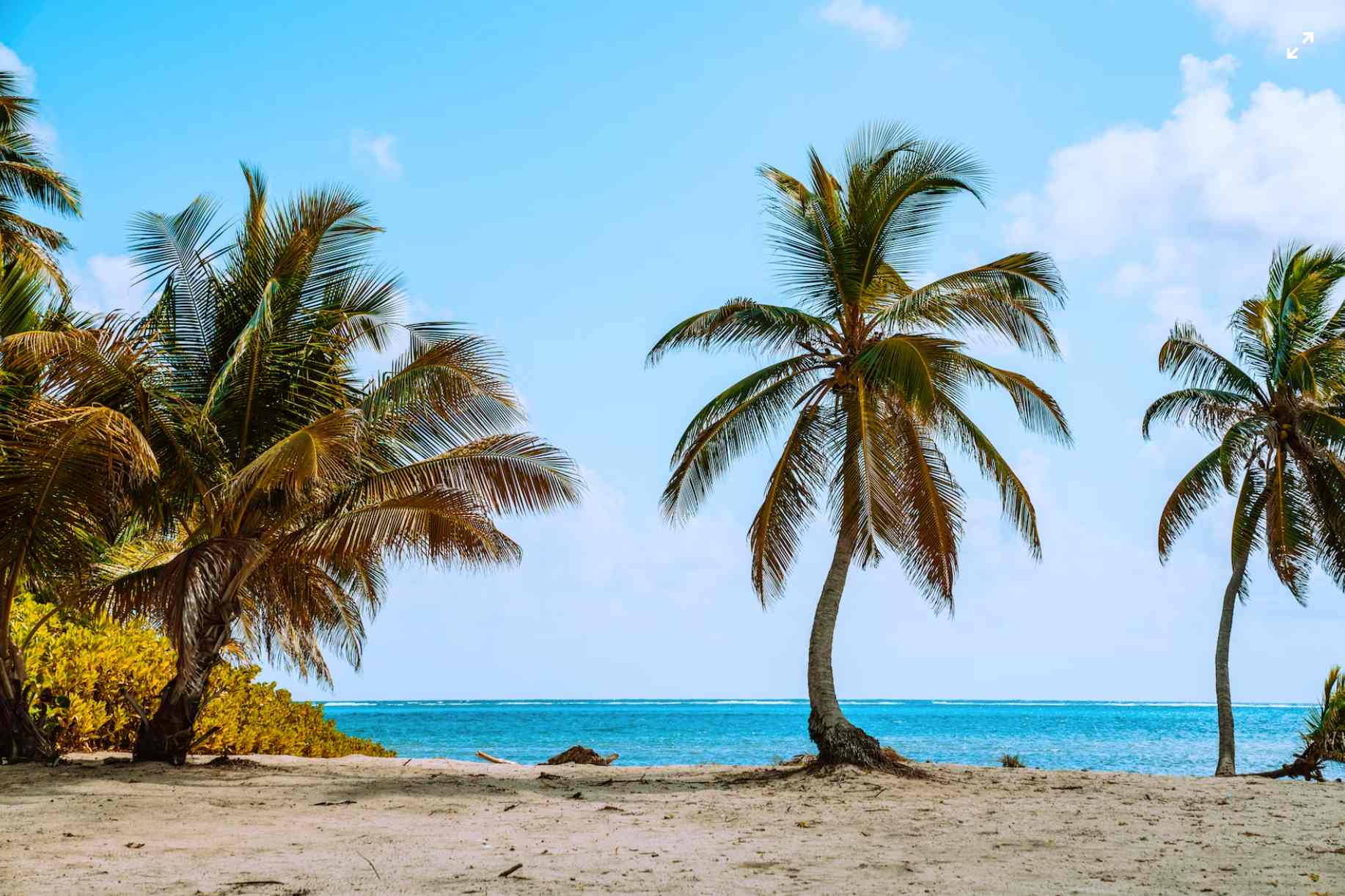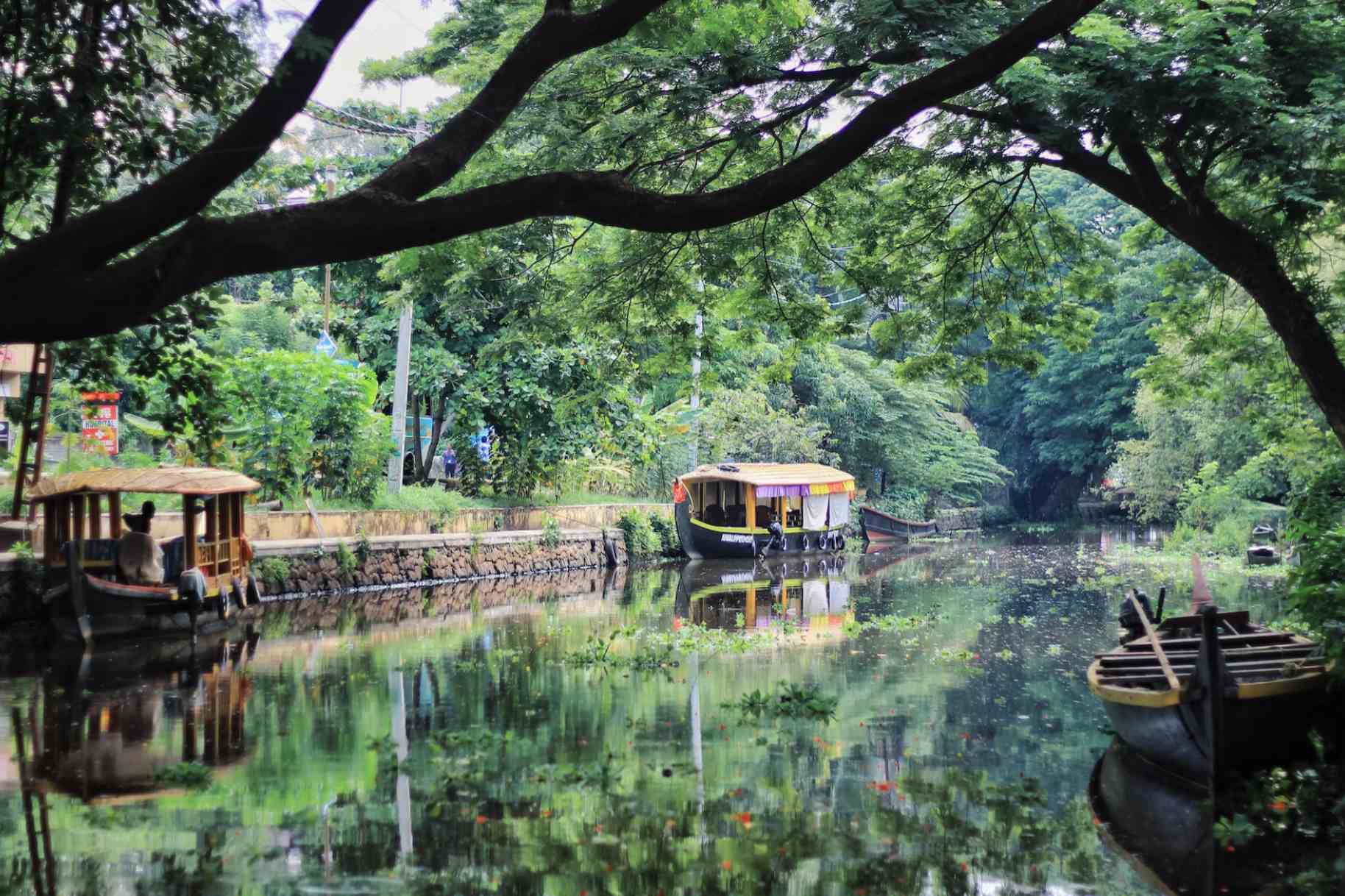Spiti Valley - All You Need To Know About Travelling and Trekking
Hidden in the heart of the Himalayas, Spiti Valley is a treasure trove of surreal landscapes, ancient monasteries, and a vibrant culture waiting to be explored. In this travel guide, we will unveil the best time to visit, how to reach this remote paradise, where to stay, thrilling activities, must-visit places, and answer your frequently asked questions to help you embark on an unforgettable journey.
Best Time to Visit
The optimal time to experience the magic of Spiti Valley is from mid-June to mid-September when the snow has melted, and the roads are accessible. During these months, the weather is pleasant, and you can enjoy the full range of activities that Spiti has to offer. However, if you seek solitude and wish to witness the valley's ethereal winter beauty, plan a visit from November to March.
How to Reach Spiti Valley
Spiti Valley is known for its remote location, and reaching it requires a bit of effort. The most common route is from Manali, Himachal Pradesh, by road. You can hire a taxi or take a bus from Manali to Kaza, the largest town in Spiti. Another option is to reach Shimla, and from there, you can travel to Spiti via Reckong Peo.
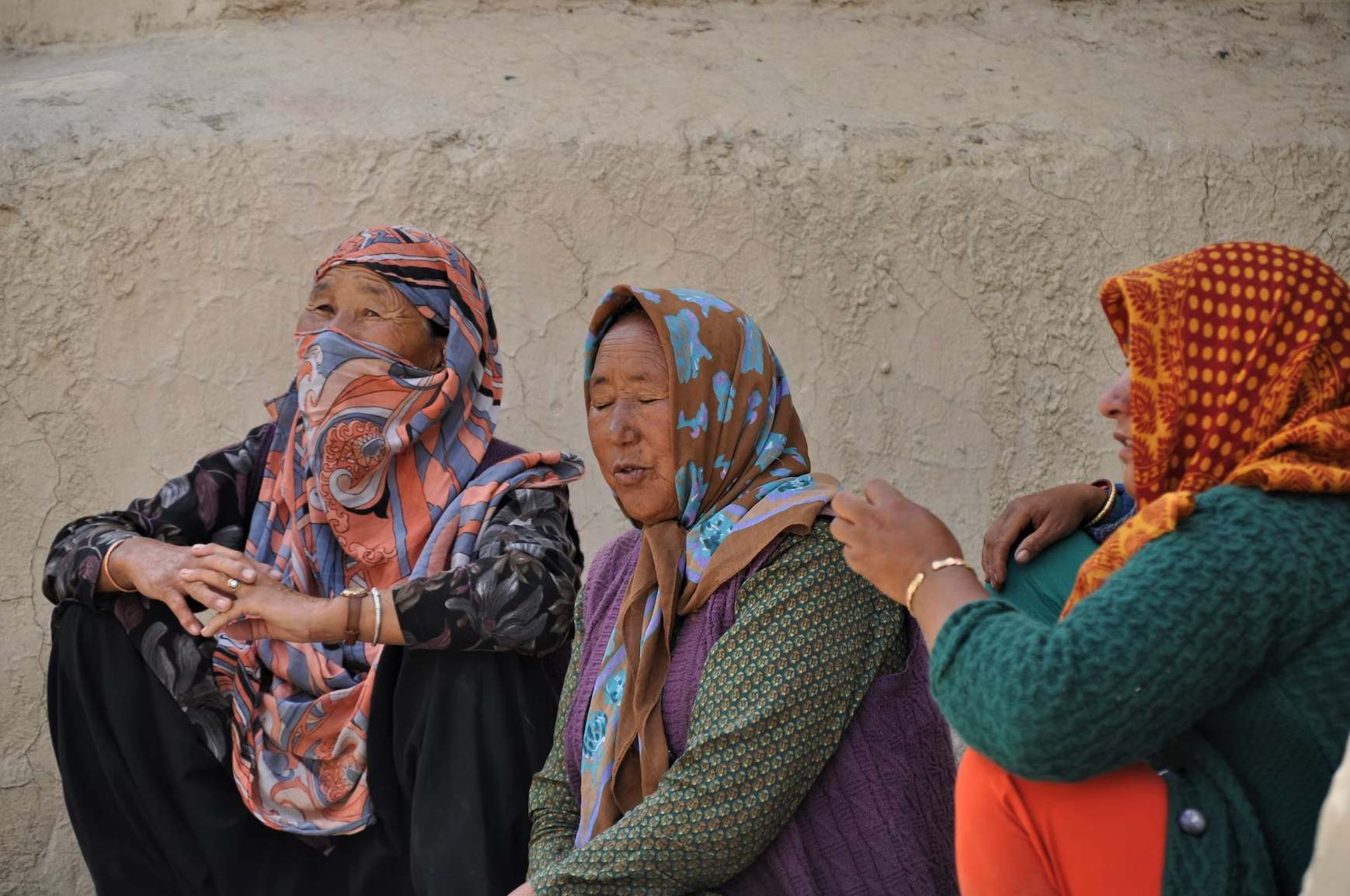
Where to Stay
Spiti Valley offers a range of accommodation options, from basic guesthouses to cosy homestays. Some popular places to stay include Kaza, Tabo, and Dhankar. For a more immersive experience, consider staying with local families who offer homestays, providing insight into the Spitian way of life.
Activities in Spiti Valley
Trekking: Spiti Valley is a paradise for trekkers. Trails like the Pin Parvati Pass Trek and the Chandratal Lake Trek offer stunning vistas of the Himalayas.
Monastery Visits: Explore ancient Buddhist monasteries like Key Monastery, Dhankar Monastery, and Tabo Monastery, each with its unique charm and history.
Cultural Immersion: Engage with the warm and hospitable locals, attend local festivals, and savour traditional Spitian cuisine.
Wildlife Watching: Keep an eye out for rare Himalayan species like the snow leopard, ibex, and blue sheep in the Spiti Wildlife Sanctuary.
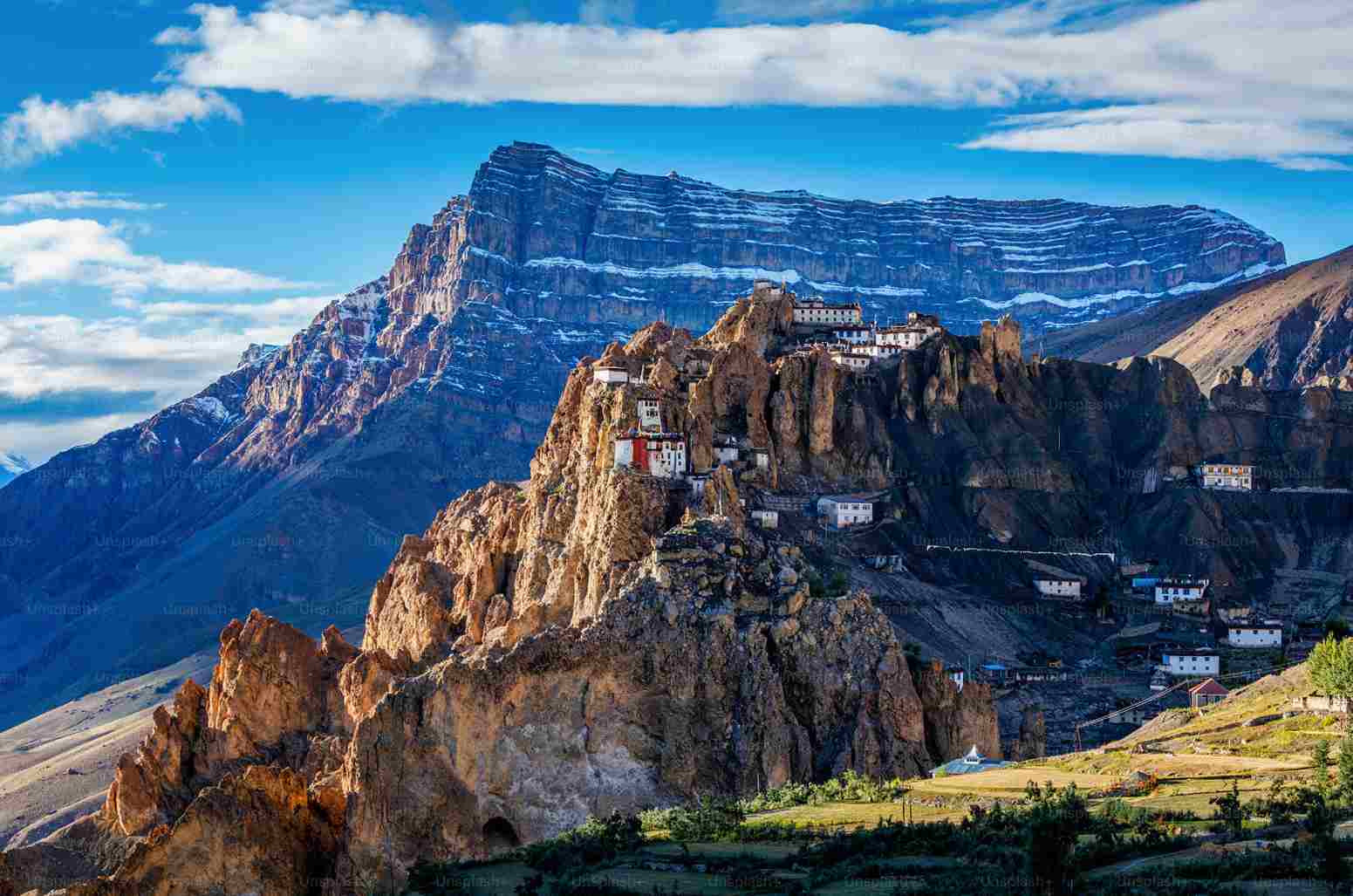
Must-Visit Places
Key Monastery: This iconic monastery perched on a hilltop is a spiritual and architectural marvel.
Chandratal Lake: Known as the Moon Lake, its pristine waters are surrounded by high mountains and offer the perfect camping spot.
Kibber Village: One of the world's highest inhabited villages, Kibber offers stunning views and a chance to experience the local way of life.
Tabo: Home to the Tabo Monastery, this town is often referred to as the "Ajanta of the Himalayas" due to its ancient caves and murals.
Trekking in Spiti Valley
Trekking in Spiti Valley offers the perfect blend of natural beauty, cultural immersion, and physical challenge. From the towering peaks of the Himalayas to the ancient monasteries and traditional villages nestled in the valley below, Spiti is a place that is sure to leave a lasting impression on any intrepid traveller.
Before embarking on a trek through Spiti Valley, it's important to do your research and choose the right route for your skill level and experience. Some of the most popular routes include the Pin-Parvati Pass, the Spiti to Kinnaur route, and the Spiti to Ladakh route. Each route offers its own unique set of challenges and rewards, from high-altitude passes and rocky terrain to stunning vistas and encounters with local wildlife.
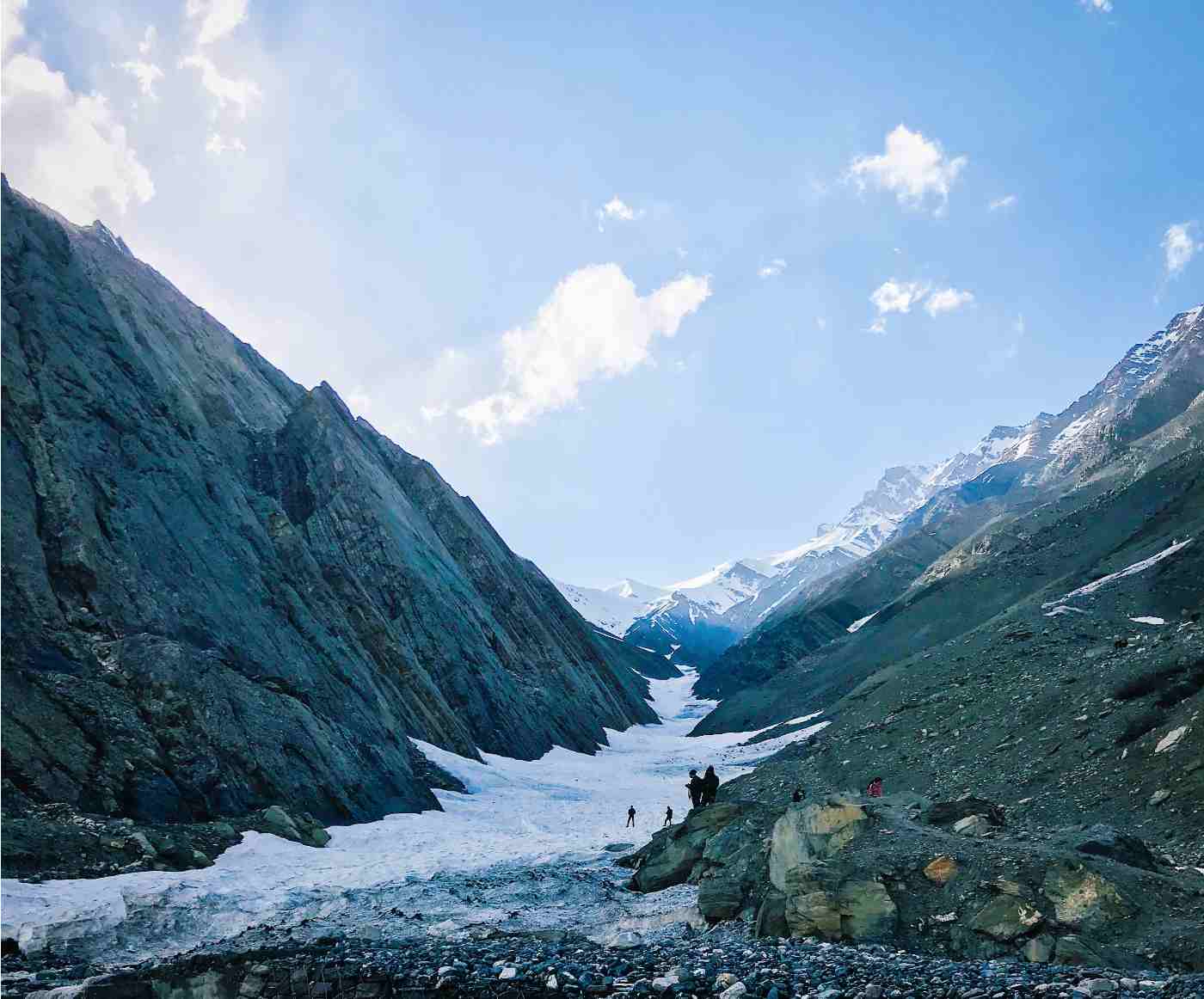
Spiti Valley Weather
It's also important to keep in mind the weather conditions when planning a trek in Spiti Valley. The region experiences harsh winters and monsoon seasons, so it's best to plan your trek for the summer months between June and September, when the weather is mild and the skies are clear.
Spiti Valley Local Culture
Speaking of culture, one of the highlights of trekking in Spiti Valley is the chance to immerse yourself in the region's rich cultural heritage. From ancient Buddhist monasteries to traditional villages and colourful festivals, Spiti is a place where history and tradition are still very much alive.
Spiti Valley Trekking Itinerary
To give you an idea of what a typical Spiti Valley trek might look like, here's a sample itinerary for a 10-day trek from Kaza to Manali:
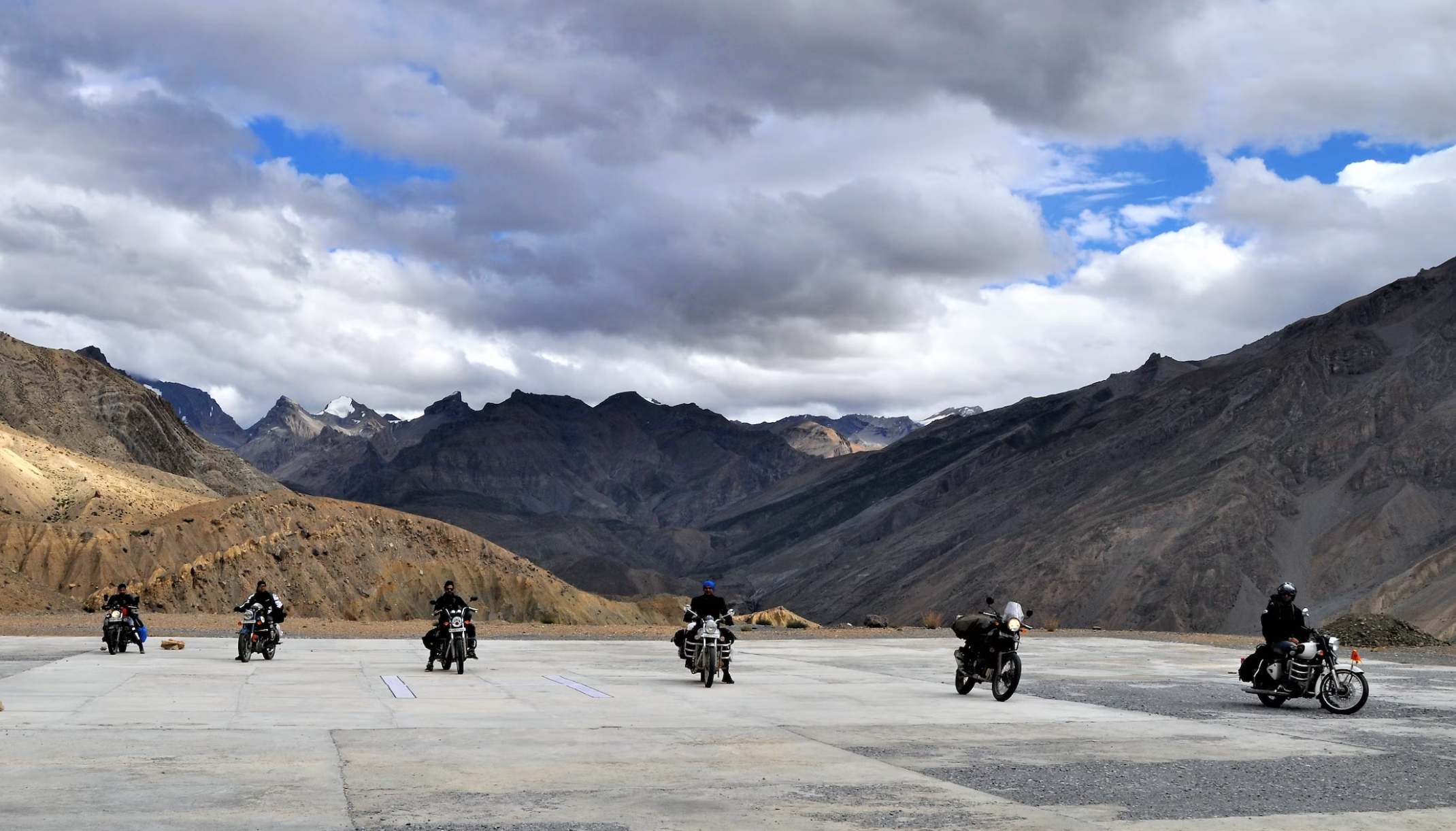
Day 1: Arrive in Kaza and acclimate to the altitude.
Day 2-3: Trek to Dhankar, visiting the Dhankar Monastery along the way.
Day 4-5: Trek to Lalung, visiting the Langza and Komic villages along the way.
Day 6-7: Trek to Chandratal Lake, a stunning high-altitude lake surrounded by snow-capped mountains.
Day 8-9: Trek to Batal and then on to Rohtang Pass, before descending to Manali.
Day 10: Depart from Manali.
Spiti Valley Trekking Tips
Some tips to keep in mind when planning your Spiti Valley trek:
Be sure to acclimate properly to the high altitude before embarking on your trek.
Pack warm clothing and a good quality sleeping bag, as temperatures can drop significantly at night.
Bring plenty of water and snacks, as food and water sources can be scarce in the wilderness.
Respect the local culture and traditions, and be mindful of the impact of your presence on the environment.
piti Valley is a trekking destination that is sure to appeal to anyone with a love of adventure, nature, and culture. Whether you're a seasoned trekker or a first-time explorer, Spiti offers a range of routes and experiences to suit all skill levels and interests. So if you're looking for a truly unforgettable adventure, pack your backpack and set your sights on Spiti Valley, where the challenge, beauty, and culture are waiting for you to discover. With proper planning, preparation, and a spirit of adventure, trekking in Spiti Valley is an experience that will stay with you for a lifetime. So why wait? Start planning your Spiti Valley trek today and get ready to embark on the adventure of a lifetime!
FAQ - frequently Asked Questions
1. Is Spiti Valley accessible by air?
No, there are no airports in Spiti Valley. The closest airports are in Kullu (Bhuntar Airport) and Shimla. You'll need to travel by road from these airports to reach Spiti.
2. Are there ATM facilities in Spiti Valley?
While some towns like Kaza have ATMs, it's advisable to carry sufficient cash as ATMs may be unreliable or out of service due to the remote location.
3. Can I get a permit to visit Spiti Valley?
Yes, Indian nationals need an Inner Line Permit (ILP) to visit Spiti Valley, which can be obtained online or in person at various government offices. Foreign tourists require a Protected Area Permit (PAP), which can be obtained from the District Commissioner's office in Shimla or Kullu.
4. How do I acclimatise to the high altitude in Spiti Valley?
It's crucial to acclimatise gradually to avoid altitude sickness. Spend the first few days in Kaza or other lower-altitude towns, stay hydrated, and avoid strenuous activities until you've adjusted to the altitude.
Spiti Valley is a destination that will capture your heart with its stark beauty, warm culture, and challenging terrain. Whether you're an adventure seeker or a culture enthusiast, this Himalayan wonderland promises an unforgettable journey filled with memories that will last a lifetime.
Disclaimer: Sneakout claims no credit for images featured on our blog site unless otherwise noted. All visual content is copyrighted to its respectful owners.











